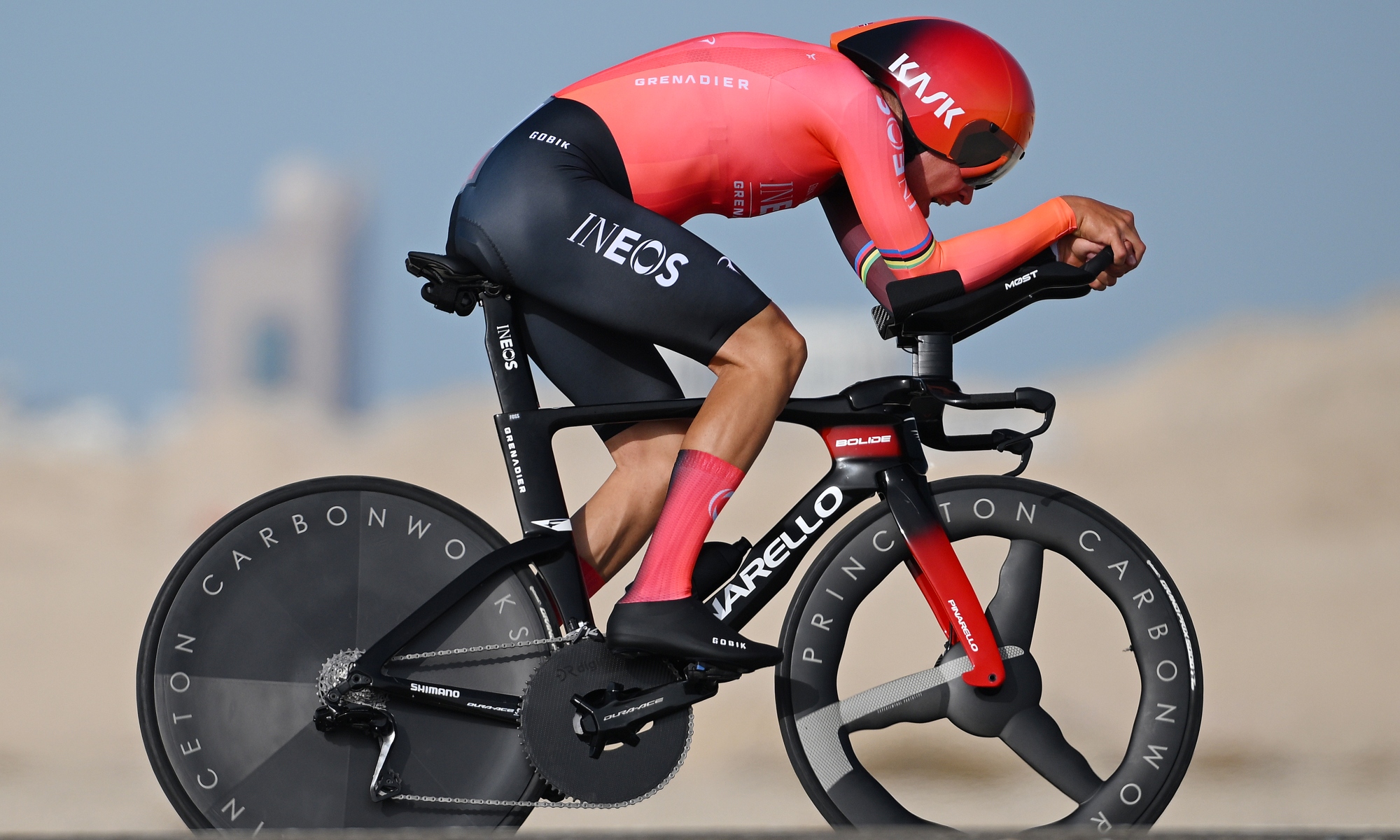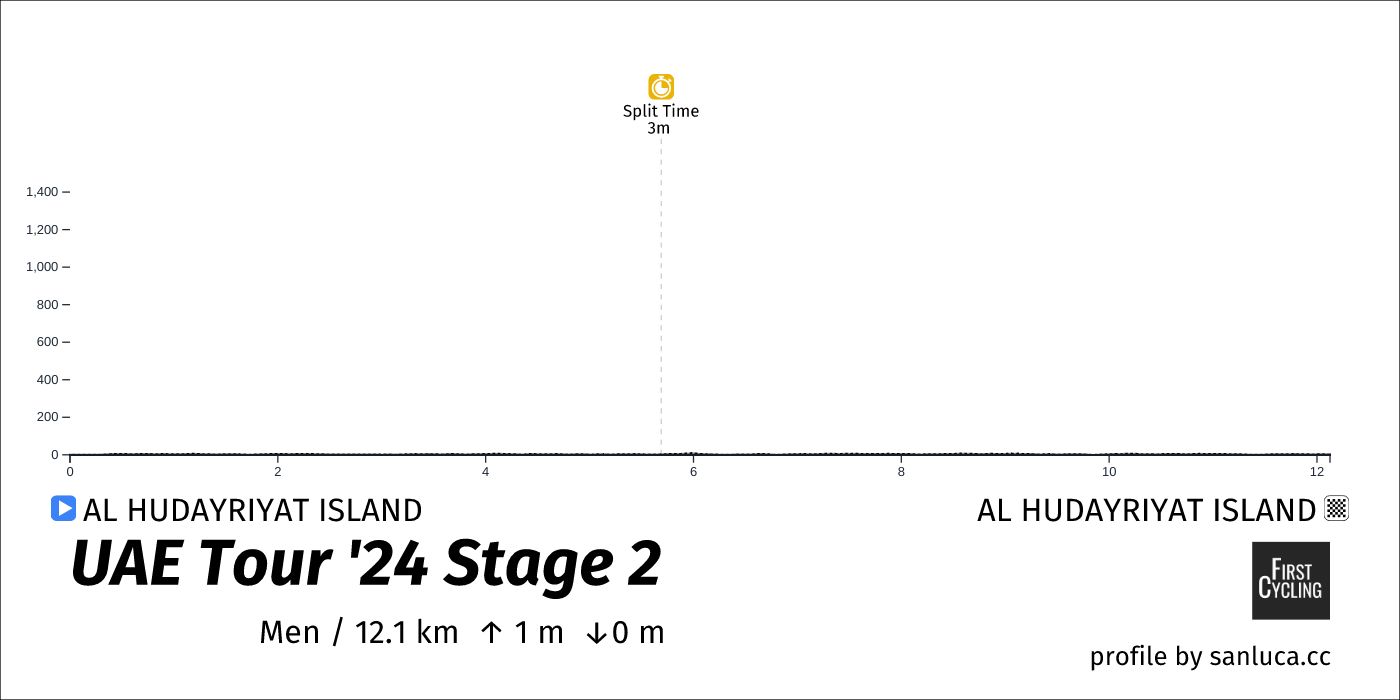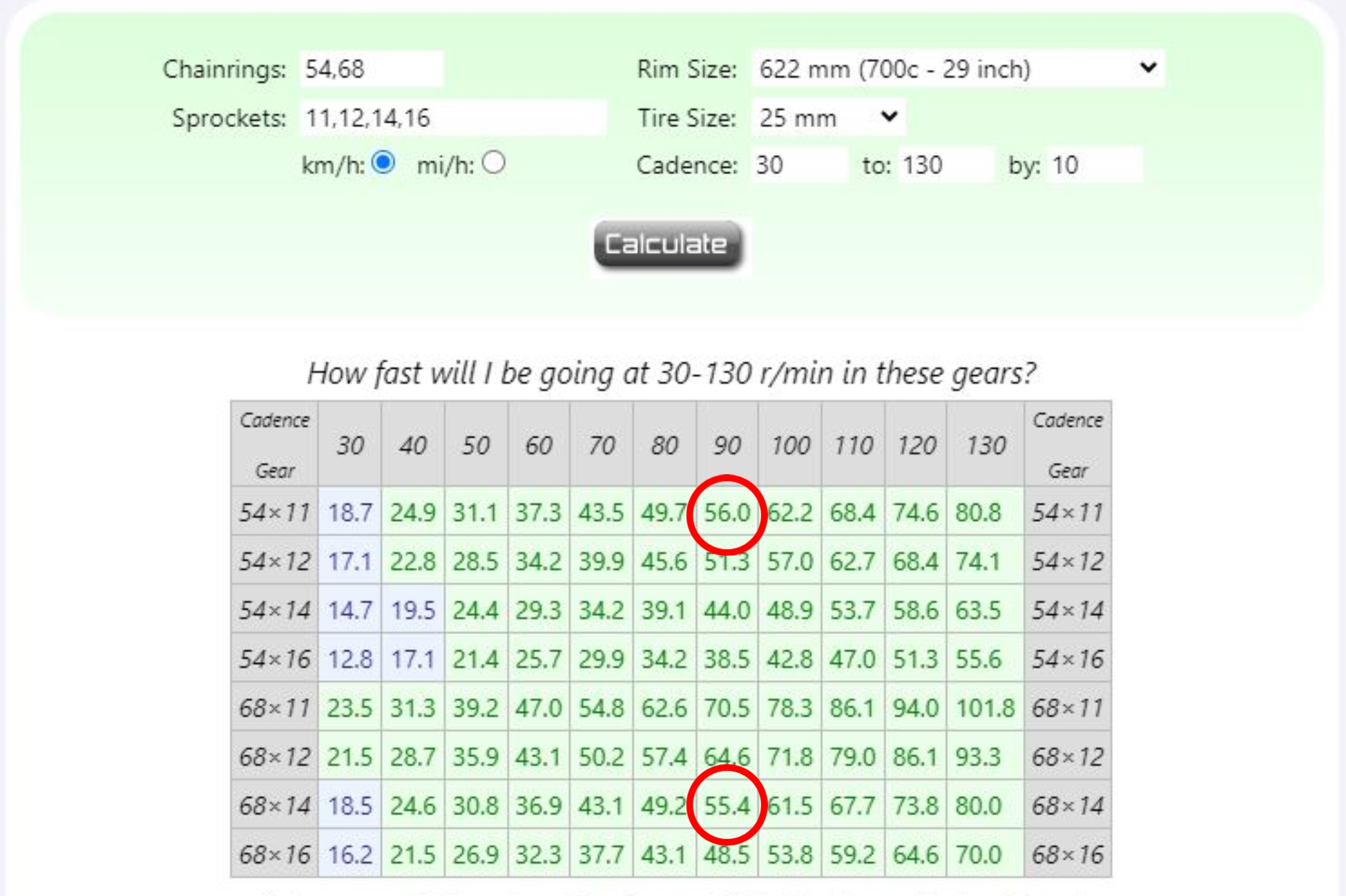
'Dinner plate' is a phrase that has been associated with time trialling for many years now. Of course, we are not talking about rider's pre-race meals, but instead the huge chainrings fitted to pro's bikes when they race against the clock.
Ten years ago, you'd be shocked to find a 58t chainring on the cranks of a WorldTour TT bike, but now, a 62t setup is commonplace. That said, when Tobias Foss rolled off of the start ramp at stage 2 of the UAE Tour, cycling fans collectively raised eyebrows at his mammoth 68t gear.

You may be wondering how anyone could push such a huge gear, but as we reveal, the setup is actually just common sense.
Performance Engineer for Foss' Ineos Grenadiers team, Dan Bigham, as ever took a pragmatic approach - encouraging anyone questioning the equipment choice to "Google gear ratios".
For all the commenters saying they couldn’t turn that chainring, please Google “gear ratios” 😅 https://t.co/jAC12uneHR pic.twitter.com/19vBFkgpxyFebruary 19, 2024
To shed some light on the mammoth chainring, used bikecalc.com's online software to compare a 54t chainring, common on the road, to Foss' 68t setup. Sure enough, a 54x11 is actually a slightly bigger gear than a 68x14, and both propel the riders around 56kph at a cadence of 90rpm.

Fittingly, the Ineos Grenadier, who finished 14 seconds behind Brandon McNulty, completed the 12.7km time trial in 13:41 seconds, which makes for an average speed of 55.6kph.

It seems likely, then, that the choice of gearing is about drivetrain efficiency over a desire to pound a big gear. The large chainring up front would allow Foss to spend the majority of the time in the middle of the cassette, meaning he could achieve a straighter chainline.
Using a larger chainring, and therefore cassette sprocket, means the chain doesn't have to turn around such a tight radius, which can also have a negative impact on efficiency.
To put a number on this saving over a 54x11 setup is tricky given the selection of different components at play here, but we are likely looking at a 1% saving as a conservative estimate. Using a once again conservative power of 420 watts, that still amounts to 4.2 watts saved, which at 56kph, is a serious saving.







